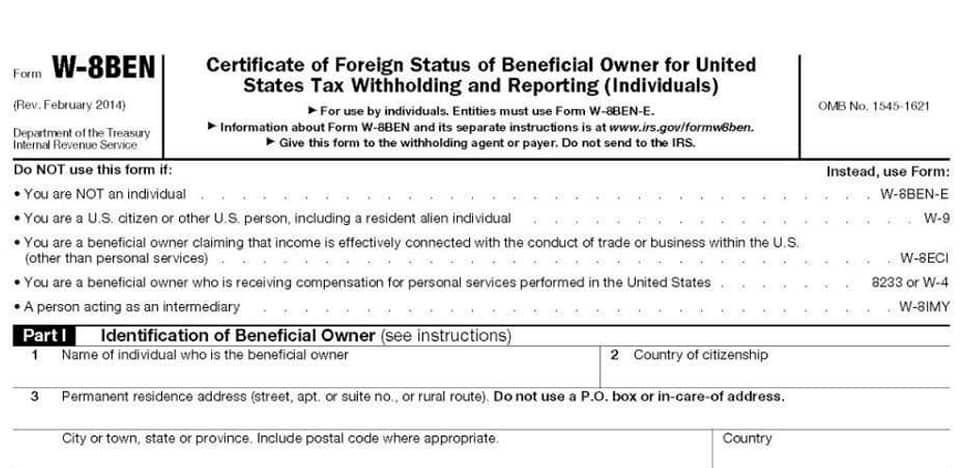
The agreement will specify the amount of the loan, the interest rate, the repayment schedule, and the consequences of default. Account receivable loans are covered by a loan agreement with a receivables financing company. The receivable loan is set up as a revolving line of credit, but it can also Partnership Accounting be a simple term loan. Factoring, in essence, is a partnership between a business and the factoring company dedicated to helping the business’s success. There are two types of factoring agreements, recourse factoring and non-recourse factoring.
The Factoring Process: Step-by-Step Guide
Invoice factoring involves selling invoices to a factor, whereas invoice financing is a loan secured by outstanding invoices. In recourse factoring, the business is responsible for unpaid invoices if customers fail to pay. You will typically find accounts receivable factoring through specialized companies, like FundThrough or AltLINE. Factoring companies may also specialize in certain geographies or industries, like construction or trucking. Factoring costs can vary significantly, so reach out to multiple companies for a quote.

Frequently Asked Questions about Accounts Receivable Factoring
- Let’s assume you are Company A, which sends an invoice of $10,000 to a customer that is due in six months.
- In a factoring with recourse transaction, the seller guarantees the collection of accounts receivable i.e., if a receivable fails to pay to the factor, the seller will pay.
- Businesses can cash in on fast liquidity by selling outstanding invoices to a factoring company, managing their working capital, and funding growth opportunities.
- Factoring costs include discount rates and other admin processing, or transfer fees.
- Businesses in industries such as manufacturing, staffing, transportation, logistics, and construction often use factoring due to their reliance on credit terms and extended payment cycles.
Once you settle on a factoring company, the factor will then conduct due diligence on your business and on the customers whose invoices may be factored. Let’s say a business has $100,000 in eligible accounts receivable and the advance rate is 80%. After receiving payment in full, the factoring company clears the remaining balance, typically 1 – 3%, to the selling company. The factoring company makes a profit by collecting on the full amount of the invoice.
What to Do if A Bank Rejects Your Loan Application

Remember, what is factoring of receivables to one business might be different for another, so it’s essential to tailor your approach to your unique situation. Accounts receivable factoring is the process where businesses sell their unpaid invoices to a factoring company for immediate cash. To qualify for accounts receivable factoring services, business owners need to have established invoicing practices that give details about sales, prices and payment timelines. Customers also need to be other businesses or government agencies, not individual buyers.

Join the 50,000 accounts receivable professionals already getting our insights, best practices, and stories every month. Upgrading to a paid membership gives you access to our extensive collection of plug-and-play Templates designed to power your performance—as well as CFI’s full accounts receivable factoring course catalog and accredited Certification Programs. FundThrough USA Inc. loans are made or arranged pursuant to a California Finance Lenders Law license.

Pros and cons of accounts receivable factoring
This allows them to increase their working capital in the short term, bypassing the need to wait for customers to settle their outstanding invoices. Accounts receivable factoring is a type of small business financing where you sell your unpaid invoices to a factoring company. You receive a percentage of the invoices immediately, and once the customer pays the invoice, you receive the rest, minus any fees (which can be expensive). Accounts receivable factoring deals with the sale of unpaid invoices, whereas accounts receivable financing uses those unpaid invoices as collateral. Borrowers will receive financing based petty cash on what their accounts receivable is worth. Then, once the invoices are paid—the collections process in this scenario resides with the seller—the borrower pays the lender back, with fees.